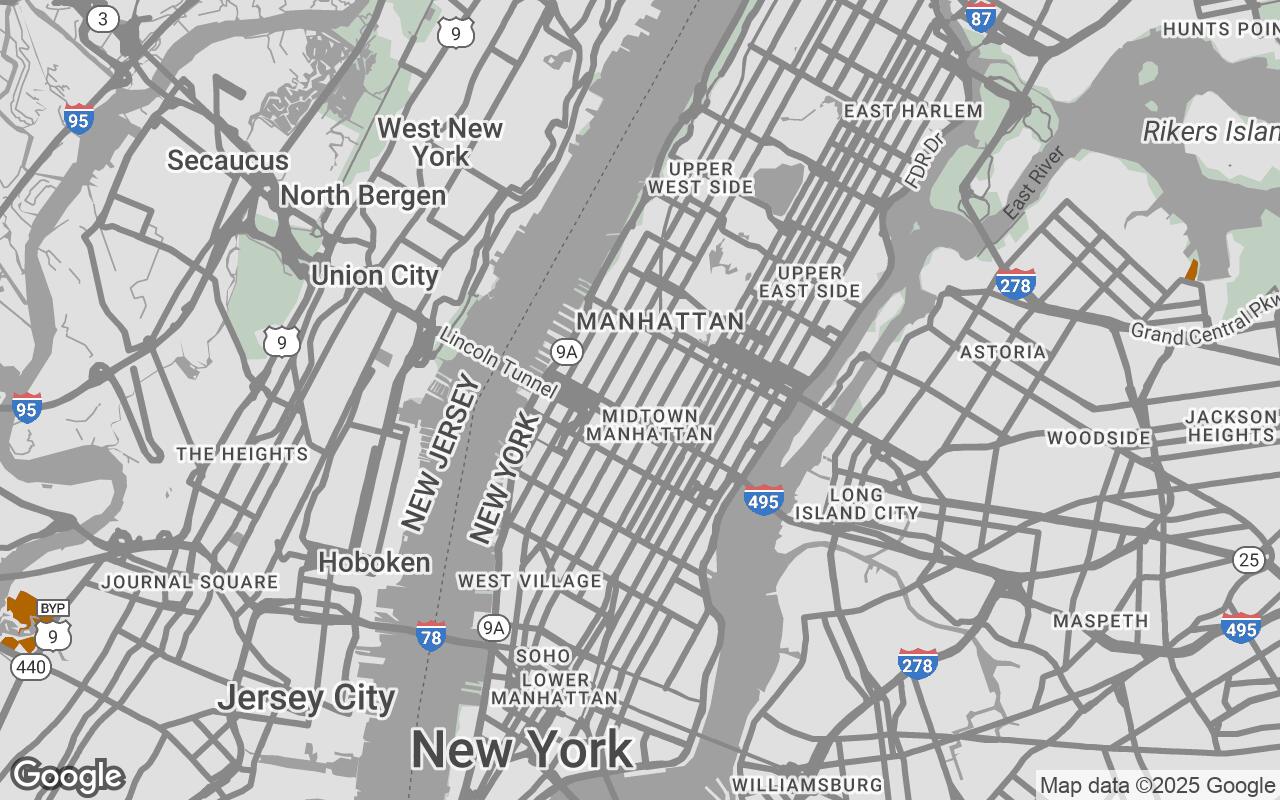
Spatial Canvas: Elevating Google Maps for Architectural & Interior Design
A Deep Dive into a Custom Map Style That Prioritizes Precision, Clarity, and Aesthetic Integration for Design Professionals.
Spatial Canvas: Elevating Google Maps for Architectural & Interior Design
A Deep Dive into a Custom Map Style That Prioritizes Precision, Clarity, and Aesthetic Integration for Design Professionals.
Spatial Canvas is a bespoke Google Maps style engineered for the discerning eye of design professionals. It prioritizes clarity, precision, and a subdued aesthetic, ensuring that critical spatial data stands out without visual clutter. This style facilitates site analysis, contextual understanding, and seamless integration into design workflows, offering a sophisticated backdrop for architectural and interior design projects.
Who it's for: Architects and interior designers who require a clean, analytical, and aesthetically pleasing map interface for site analysis, contextual understanding, and client presentations. They value precision, clarity, and a visual style that complements their design work without overwhelming it.
Introduction: The Need for Specialized Cartography in Design
This section explains how the style improves clarity, reduces visual noise, and preserves hierarchy so roads, water, parks, and key POIs read at a glance.
Understanding the 'Spatial Canvas' Philosophy: Beyond Basic Navigation
This section explains how the style improves clarity, reduces visual noise, and preserves hierarchy so roads, water, parks, and key POIs read at a glance.
Color Palette Breakdown: Crafting a Professional and Unobtrusive Visual Language
- Primary: #4A4A4A
- Secondary: #888888
- Accent: #B06500
- Neutrals: #F0F0F0, #D0D0D0, #A0A0A0, #606060
Geometry & Hierarchy: How Roads, Buildings, and Landforms are Rendered for Clarity
This section explains how the style improves clarity, reduces visual noise, and preserves hierarchy so roads, water, parks, and key POIs read at a glance.
Labeling & Annotation: Ensuring Readability Without Visual Clutter
This section explains how the style improves clarity, reduces visual noise, and preserves hierarchy so roads, water, parks, and key POIs read at a glance.
Practical Applications: Site Analysis, Client Presentations, and Urban Context
This section explains how the style improves clarity, reduces visual noise, and preserves hierarchy so roads, water, parks, and key POIs read at a glance.
Integration with Design Workflows: Enhancing CAD and BIM
This section explains how the style improves clarity, reduces visual noise, and preserves hierarchy so roads, water, parks, and key POIs read at a glance.
The Future of Design-Centric Mapping: Customization and Data Layers
This section explains how the style improves clarity, reduces visual noise, and preserves hierarchy so roads, water, parks, and key POIs read at a glance.
Conclusion: Spatial Canvas as an Essential Tool for Modern Designers
This section explains how the style improves clarity, reduces visual noise, and preserves hierarchy so roads, water, parks, and key POIs read at a glance.
